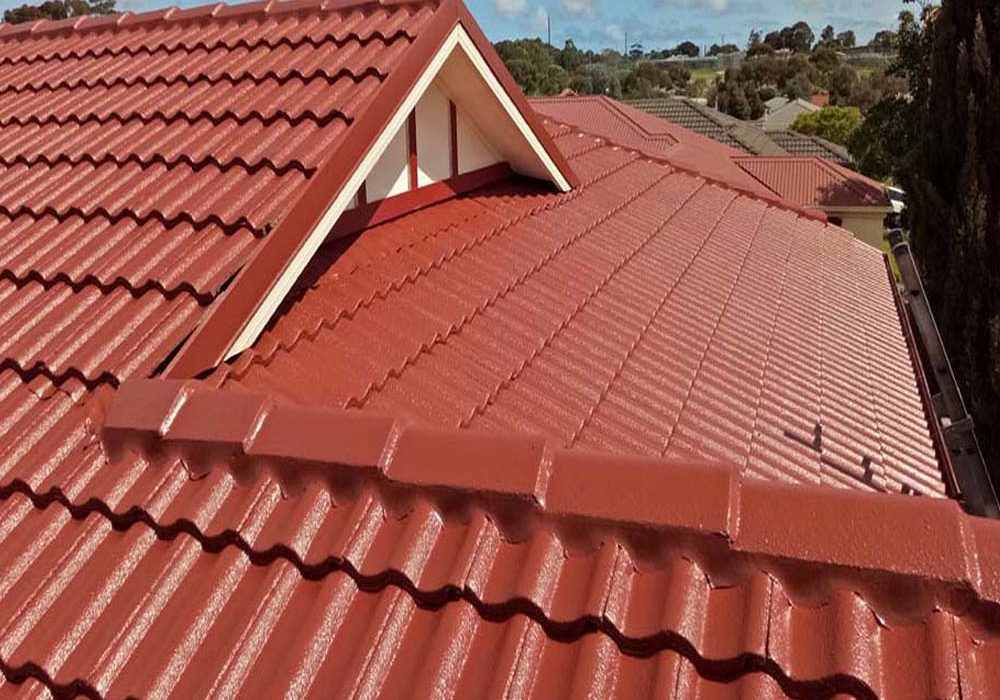Roof inspections are essential for identifying potential issues and guaranteeing the longevity of your roof. Regular inspections might help detect issues early, preventing pricey repairs or replacements down the road. Here are some frequent methods and steps for conducting a roof inspection:
Visual Inspection:
a. Exterior Inspection:
Start by examining the roof from the ground using binoculars or by safely climbing onto a ladder to get a extra in-depth look.
Look for visible indicators of damage, such as missing or damaged shingles, curling or buckling shingles, or loose or deteriorated flashing round roof penetrations.
Check for debris, moss, algae, or lichen growth on the roof, which can indicate moisture-related issues.
Inspect the gutters and downspouts for granules from shingles, as excessive granule loss can sign shingle wear.
b. Interior Inspection:

Go into the attic or crawl area and inspect the underside of the roof deck for indicators of leaks, moisture, or water stains.
Look for daylight coming by way of cracks or holes in the roof deck, which may point out roof damage.
Check for signs of insulation injury, mould, or mildew growth, which may result from roof leaks.
Roof Walk:
a. If it is protected to take action, walk on the roof floor to examine it up shut.
b. Be cautious and wear appropriate safety gear, similar to non-slip shoes and a security harness if needed.
c. Look for any gentle or spongy areas, which may indicate underlying injury.
d. Check for free or damaged roofing supplies, in addition to indicators of damage and tear.
Moisture Detection:
a. Use a moisture meter to detect hidden moisture inside the roof construction and insulation.
b. Moisture detection might help determine leaks or areas of potential water intrusion that may not be visible.
Drone Inspection:
a. Drones outfitted with cameras can provide a complete view of the roof surface with out the necessity for direct physical entry.
b. A drone inspection could be particularly useful for bigger or hard-to-reach roofs.
Professional Inspection:
a. Consider hiring knowledgeable roofing contractor or inspector to conduct a thorough inspection.
b. Professionals have the expertise, instruments, and expertise to determine points that may not be apparent to a homeowner.
Documentation:
a. Document your findings with photos and notes to create a report of the roof's condition.
b. This documentation can be helpful for tracking changes over time and for insurance claims or repairs.
It's essential to carry out roof inspections frequently, ideally a minimum of annually, and after extreme weather events like storms. Additionally, when https://roofrestorationtownsville.com/ 're not snug or confident in your capability to perform a roof inspection safely, it's advisable to hire a qualified roofing professional to make sure a thorough and correct assessment of your roof's condition..
